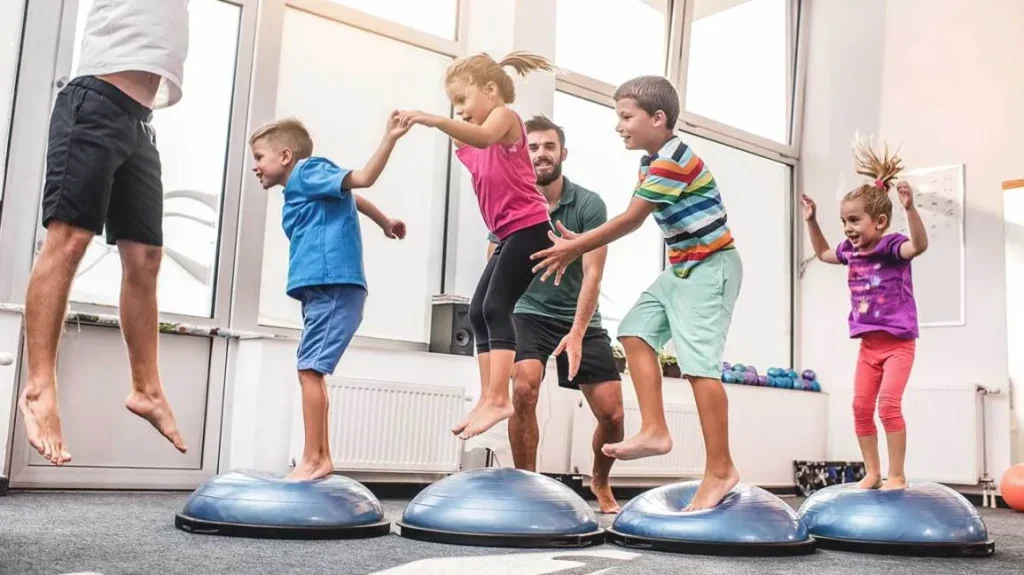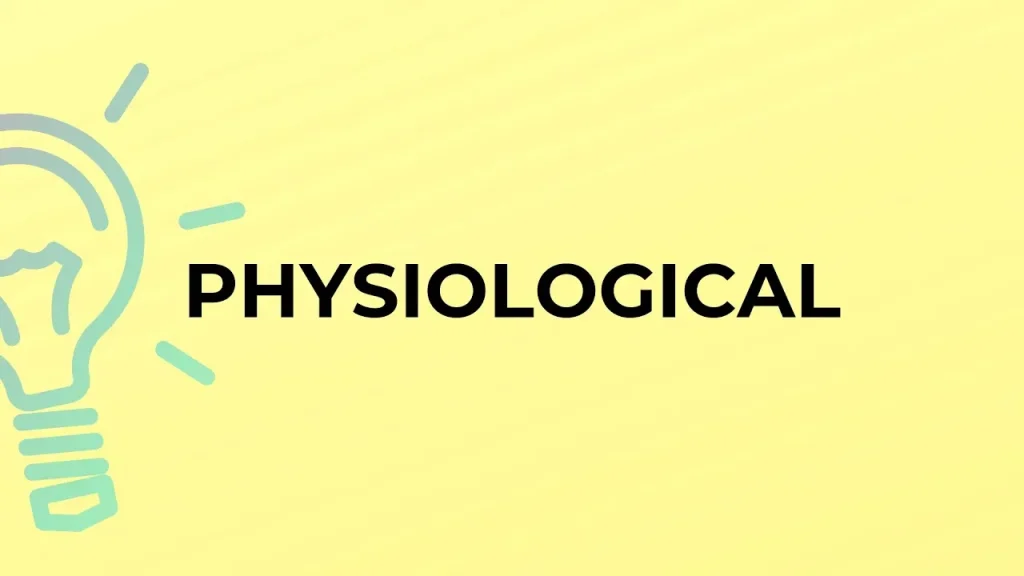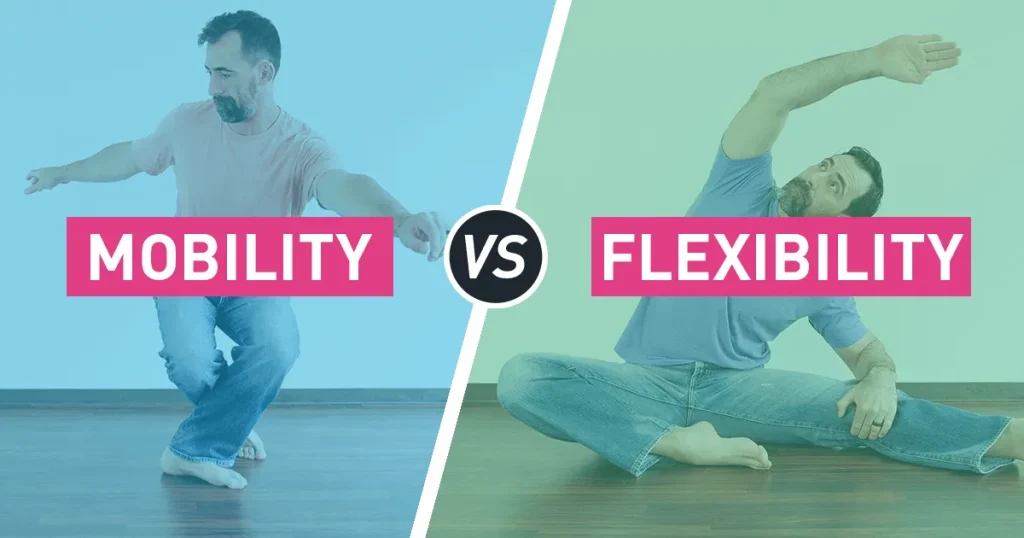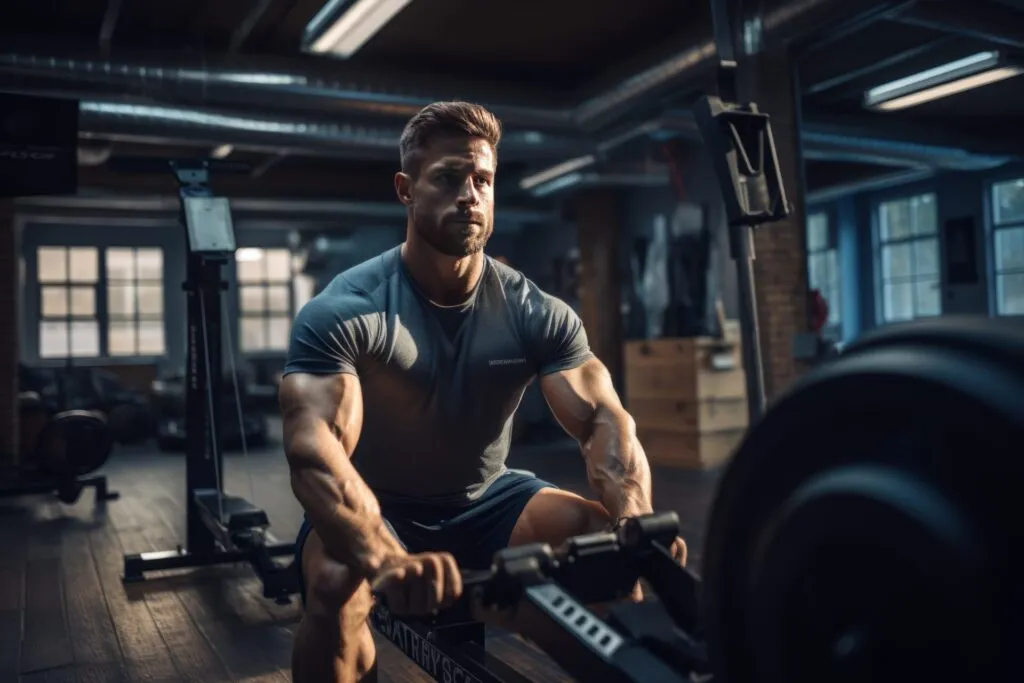Complex physical activity is vital for the development of a student and is beneficial in many ways other than physical fitness. Simple physical activity differs from complex ones where both the body and the mind are engaged, involving coordination, tactics, and choice.
Such activities include team games and dance classes as well as obstacle courses, which position students’ cognitive, affective, and social aspects among its benefits.
What is Complex Physical Activity?
Defining Complex Physical Activity
Complex physical activity involves engagement of both the body and the mind in complex games and challenge where cognition and movement are coordinated together. These activities go beyond simple exercises such as running or basic stretching to higher conscious and physical activities coordination.
Circumventing an obstacle, playing a vigorous team game or a very energetic dance routine are activities that work many muscle groups and often incorporate tactics and fast movement. It is the very nature of the elevated cognitive and physical levels that such complex physical activities enhance not physical exercises only but also brain functioning.
Types of Complex Physical Activity
There are also different types of such complex physical activities, each of which presents its own distinctive difficulties and benefits. They may include organized sports, recreational activities, and choreography exercises. Team sports such as soccer, basketball, and volleyball, require players to work on physically coordinated movements, functional decision making and effective communications with other players.
Ballet, hip-hop, and jazz are other examples of this category of activity through the choreography that requires synchronization. On the other hand, such practices as martial arts or gymnastics require not only strength and ability but also devotion and control over one’s actions.
Complex and Physically Demanding Activities
Other complex physical activities for students incorporate many of the sports, games, and skilling exercises. Team sports, including basketball, football, and volleyball are great activities for developing coordination, cooperation, and planning. This is because players have to constantly follow and change with the patterns of their teammates as well as their opponents, hence communication and fast action is required.
In the same way, students must also go through varying physical activities as in an obstacle course or a relay, which requires quick and dynamic cognitive processes as well as motor skills and coordination.

Social Advancement in the Sphere Of Physical Education
Social development is also facilitated by the participation of the students in complex physical activities. Team sports or group exercises enhances cooperation, communication or leadership abilities.
Participation enables students to coordinate their efforts towards achieving a specific purpose, to settle disputes and to provide active support. Such communication develops such skills which are necessary not only for sports but also for academic learning and professional practice.
Why Complex Physical Activity Matters for Students.
It is generally accepted that physical activity is an integral part of a healthy lifestyle. However, this is also true within the education sector context – namely education. Complex physical activity especially may greatly improve students’ cognitive factors, behavior and academic outcomes. Statistics say that being active helps with memory, attention, and even solving problems, all of which are key for any student in any class.
It is not surprising that physical activity brings balance to stress related to academic processes as well as anxiety and other emotional difficulties that hinder learning. There is appropriate physical activities for complex students’ tasks interaction with students’ higher functioning elements impaired in physical classes alone.
Benefits Related to the Physical Health
There are research-based beneficial physical health effects constituting complex physical activity. Such activities make the heart stronger, muscles stronger, and increase flexibility and balance. Those students who participate in regular complex physical activities are more likely to stay more muscular, healthy, and weight controlled, building stronger bones and muscles that decrease the risk of chronic ailments later on in life, relieving the chances of developing diabetes or heart disease.
Boredom does not arise with such types of exercises as change in the pace and nature of the activity ensures that all muscles are worked on progressively. In addition, complex physical activities also enhance motor learning such as balance, coordination, and agility which are important for routine and other sporting activities.
Motor Skills Development Activities
Among the major physical rewards of engaging in more challenging physical activities is the motor skills development. Some of these activities require both fine and gross motor skills as students are asked to use their bodies in more focused manner.
Physiological
Cardiorespiratory fitness is another important aspect that gets enhanced with complex physical activity. Exercises that last for a long time or need to be sustained over a certain time such as running cycling or an energetic sport are useful in working out the heart and lungs. As a result, this improves the ability of the body to supply oxygen to muscles during physical activity, thereby increasing endurance and energy levels.
Thus regular performance of vigorous physical activities improves prolonged exertion and reduces the onset of tiredness that face students when performing activities whether mentally or physically.

Key Benefits of Complex Physical Activity
- Enhanced cognitive function Regular physical activity, especially complex exercises, promotes functional improvement in the brain through its enhancement of memory, attention and learning functions. Such activities require the brain to re-learn new motion patterns and strategies, which in turn assists with neuroplasticity and mental adaptability.
- Improved concentration: Active students concentrate better in class since alertness rises and stress decreases as they perform more Physical activity. Complex activities like alternative team sports and obstacle courses may improve concentration as they teach students to focus on activities for longer periods.
- Better physical health Complex activities increase fitness by utilising many muscle groups and improving strength, flexibility and coordination. Students who engage in most of these activities are less likely to become overweight and have good muscles and bones.
- Increased stamina and endurance. Activities that need prolonged effort such as running and playing sports increase heart-lung endurance enabling students to hold high energy levels throughout the day.
- Improved motor skills: An inclusive dance or gymnastics brings together various forms of physical actions that further develop these motor skills as children are required to combine fine motor skills and gross motor movements thus enhancing agility and coordination and balance in students.
- Social skills develop: Activities that are team oriented help in communication, coordination and analytical skills, coordination and leadership skills. With the assistance of collaboration, students come to appreciate working with others, sharing their ideas, and forming healthy interactions.
- Lessened depression: It is obvious that physical activities help in alleviating stress and through engagement in skilled physical activity, anxiety and other emotional difficulties are said to be alleviated by producing endorphins and inducing restfulness.
- Increased self-confidence: Having a sense of accomplishment with regard to holding positions that require complex physical activities therefore helps in restoration of assurance in the students. Feeling successful in some of these activities will help them to achieve a good image in other aspects of their lives.
- Control of feelings: Physical exercises which are cumbersome to students include sports particularly playing competitive games or practicing martial arts equip students with the ability to control feelings of agitation and excitement.
- Fitness habits that last a lifetime: Allowing children in students to participate in physical activities ensures that students do not only develop an interest, but rather a passion for working out for the rest of their lives.
Benefits of Physical Activity: Physical instead of Mental Benefits
The combination of physical and mental health benefits makes complex physical activity an indispensable aspect of the student’s growth and development. It ensures a holistic view of health, where students not only build their physical aspect but also their mental one.
There are several activities that can qualify as complex physical activity or involve more than one component of physiotherapy.
- Moderate physical activity: such as brisk walks, or swimming, or easier version like leisurely cycling which raise heart as well as breathing activities without creating exhaustion.
- Very vigorous activities: This is associated with very energetic exercises like running, continuous cycling, and playing games that use a lot of energy and increases heart beats and respiration rate tremendously.
- Muscle strengthening: These are activities that involve applying pressure on certain muscle groups in order to enhance their power, like lifting weights, resistance working out, or push-ups.
- Endurance activities: Activities that enhance the capacity for an activity over long stretches of time, such as running, swimming, or cycling.
- Flexibility and mobility: Impart a correct Training of the Range of Motion and Movement of People and joints in yoga and pilates or other stretching regimen.
- Balance and coordination: These are activities performed to help with stability including tai chi, skating, or, gymnastics require the catalog of body motion.
- Cognitive-based physical activities: These are activities that require one to both move and employ some thinking, such involve chess boxing or good old games using your mind and body.
Moderate Physical Activity
Moderate physical activity refers to those activities which raise the heart rate and the rate of breathing yet are not so tiring. These exercises are essential in preserving a basic level of fitness, and they can also fit within normal day-to-day activities. Of these, brisk walking, gentle swimming, or cycling can positively enhance the fitness of people and help in building endurance.
These exercises can be done by students during their break time, during physical education lessons, or while going to or from school so they will be very simple and uncomplicated for many people.
Vigorous Physical Activity
In contrast to moderate activities, vigorous physical activities are more demanding and more strenuous in nature as the body has to work much harder. Activities such as running, certain types of sports, and fast aerobic exercises can demand a lot from the body increasing the heart rate and the breathing, resulting in a better cardio fitness and improved stamina.
These vigorous types of activities are necessary with students who wish to increase their endurance levels and overall fitness levels. Moreover, these activities provide a good measure of stemming stress and in turn improving one’s physical as well as mental health.
Muscle Strengthening and Endurance
As mentioned above, the concern in this paper is muscle activities, such as lifting weights or using one’s body weight for exercising. These kinds of workouts are useful for building a physique that can perform physical activities with ease and power. Resistance training, squat, push-ups not only strengthen muscles but improve metabolic health thus assisting students to keep fit.
In order for physical activity programs to be effective for physical education students in building the body strength for sports and other day to day tasks, it is very important to include muscle strengthening exercises.
Flexibility and Mobility
Most training programs include flexibility and mobility exercises such as yoga, Pilates, or stretching, which help increase the movement of the muscle or joint. These exercises prevent injuries, correct the posture of the body, and improve other physical activities or sports.
In terms of students, there is an improvement in balance, coordination, and physical control if flexibility is attained at a younger age. Gymnastic or dance exercises are also focused on flexibility, this aspect eases movements to the students while dancing.

Considerations for Introduction of Sophisticated Activity in School
Physical Activity Guidelines (PAGs) for Students
The U.S. Department of Health and Human Services stipulates that children and young people should devote not less than 60 minutes every day to physical activities. This should involve activities of endurance, resistance, and flexibility.
Availability of physical education classes, provision of sports, recesses and related activities enhance compliance with the guidelines among students in schools. Educators should also ensure that students increase their levels of physical activities by engaging in after-school programs or sports.
How to Integrate Physical Activity in Daily Activities
Getting physical activity throughout the day does not have to get difficult. Teachers, parents, and caregivers are able to find compromises that allow students to include movement into their schedules. For example, active breaks in between lessons, recess that occurs outdoors, or quick stretching during lectures can contribute to the daily physical activity of school-aged children.
Equally practicing simple incorporation can include asking kids to walk or ride their bicycles to school, after school sports selling or inducement in dance or martial art styles.
Conclusion
Complex physical activity being a vital aspect of student growth has multifaceted benefits that go beyond the physical outlook. Students have the opportunity to enhance their gross and fine motor coordination, critical thinking and interpersonal communication by making use of the activities involving both the physical and the mental domains.
These activities also promote good emotions since they relieve stress and enhance self-concept. However, this thinking goes a step further by indicating that in order to attain attributes such as leadership, students should undergo various complex physical exercises at school.
FAQs on Complex Physical Activity
Q: What is an example of complex physical activity?
A: Including physical activities such as team sports like soccer, dance sequences, or carrying out physical activities such as obstacle courses, all of which liberate the body and the mind.
Q: How much physical activity should students get each day?
A: Every student should target at least 60 minutes of physical activities per day which includes moderate and rigorous as well as strength training exercises.
Q: Why is complex physical activity important for mental health?
A: Physical activity of a complex nature is beneficial for the state of the brain due to better performance in mental tasks, reduced tension as well as stimulation in the production of endorphins in the body which enhance moods.

Russell F. Jones, holding a Master in psychology from the University of Florida. He writes for Smart Parent Solutions, offering practical advice on parenting and child development. His engaging content helps parents navigate family life with confidence and ease. Russell enjoys sharing his knowledge and spending quality time with his family.
